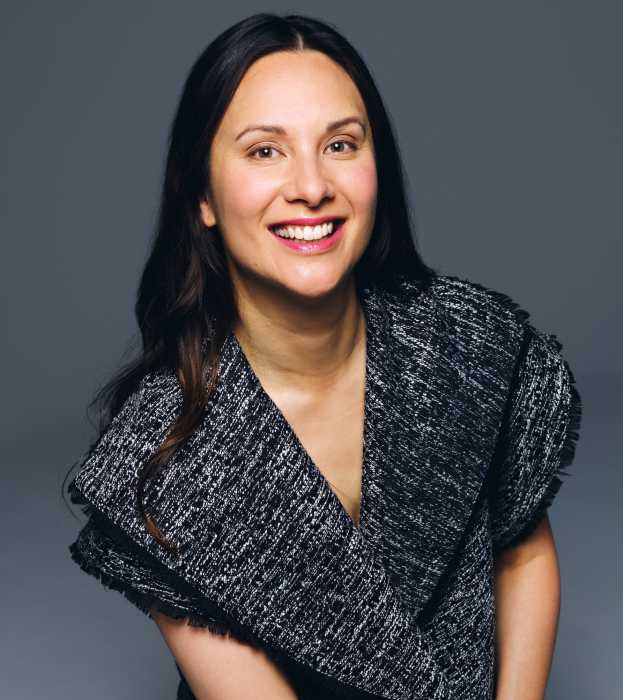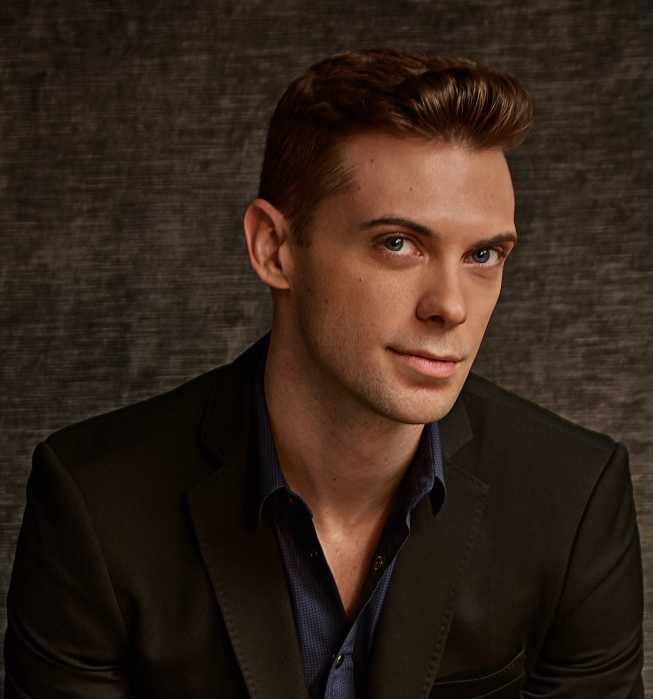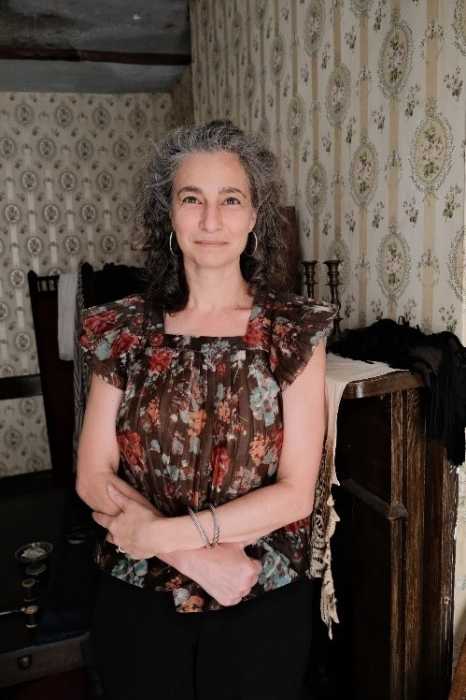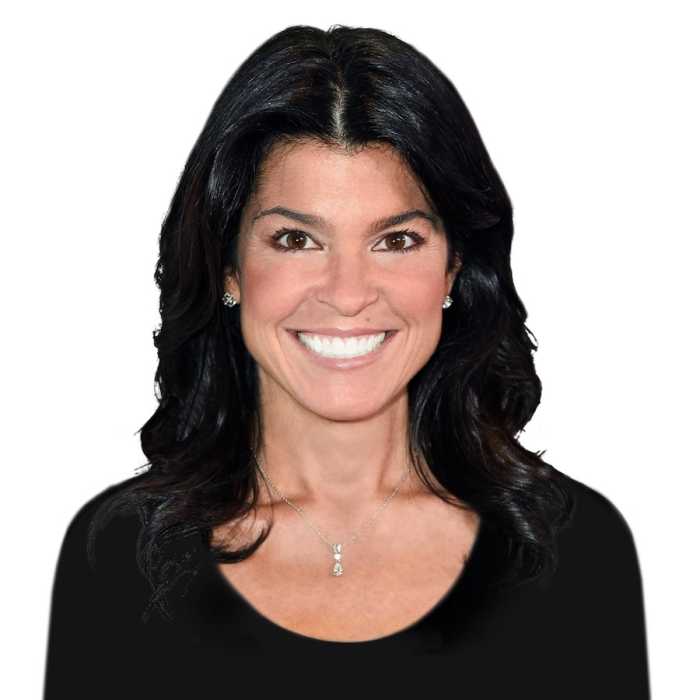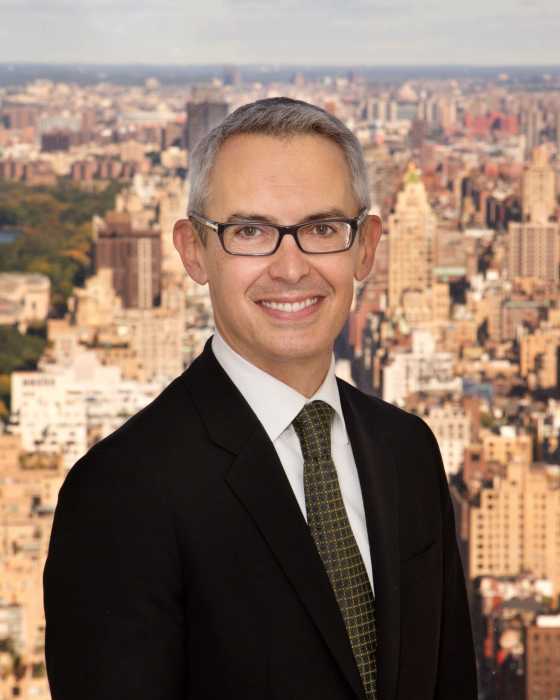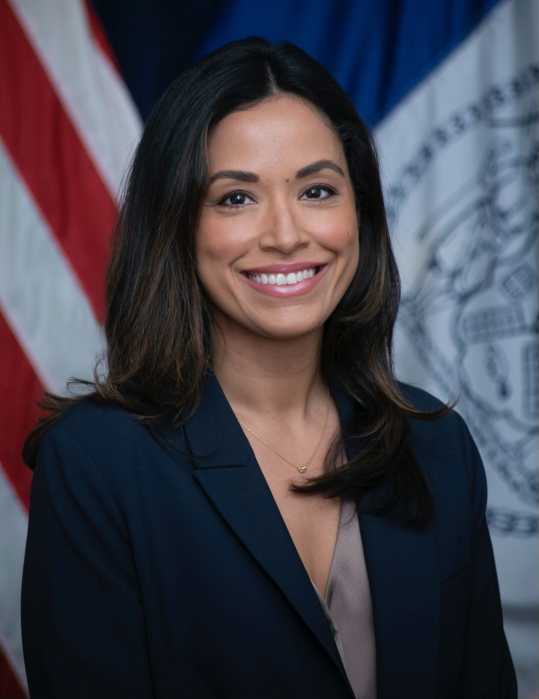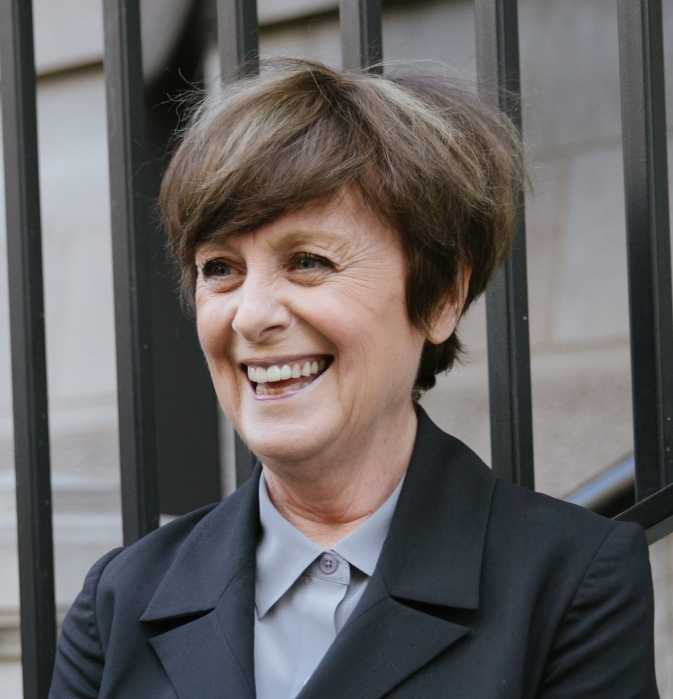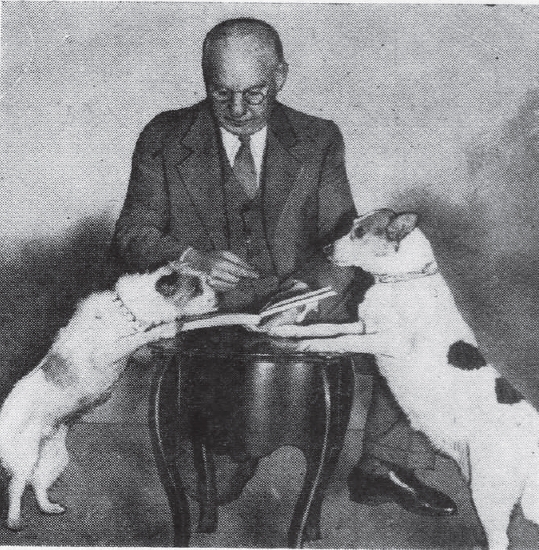Melissa Ngan cultivates personal and organizational growth through creative acts and collaborative practices. Currently president and CEO of the American Composers Orchestra (ACO), Melissa was previously founder and CEO of Fifth House Ensemble. She serves on the faculty of the Eastman School of Music, has presented at Opera America, Chamber Music America, and College Music Society, and has consulted with major arts institutions, resulting in bold new directions in civic practice and emerging artist training.
Is there anything you are working on that you wish more people knew about?
For over 40 years, ACO has discovered and developed the work of composers who expand the very definition of American orchestral music. Working in partnership with orchestras across the country, we are an accelerator for new music and a gateway for composers to enter the field. Among our programs, CoLABoratory is my favorite – it is an opportunity for composers to develop bold, beautiful ideas that could never happen in a traditional rehearsal process through open, generative workshops with the orchestra over the course of a year.
What advice do you have for the next generation of people determined to break into the world of arts and culture?
First, this is a human-centered business, and relationships are your greatest currency. I would also suggest taking the time to truly understand why you make art personally, and finding the space in your day to sit in stillness and connect with that in an ongoing way, no matter how busy things get day-to-day. For me, it is the belief that creative acts can transform the world.
What can New York policymakers do to support the continued development of arts and culture in the city?
I would love to see artists embedded within every sector of the city’s planning and ongoing work, positioned not only to perform and to teach, but to use an artistic lens to address non-arts goals. Artists make meaning, gather research, develop insights, build consensus, create community, help us to see one another and ourselves, cultivate joy, and unlock the creative birthright. These are essential to individual and community transformation.
If you could attend any event, show, or exhibit in the city tonight, what would it be and why?
This is the most difficult question to answer in NYC because there are so many wonderful things happening every night! For me, any experience that creates wonder and joy is welcome – I love immersive and participatory events, site-specific work, and opportunities to just play. Sensory exhibits, 24-hour drone festivals, silent discos, listening parties, interactive game play – I’m here for it all.


